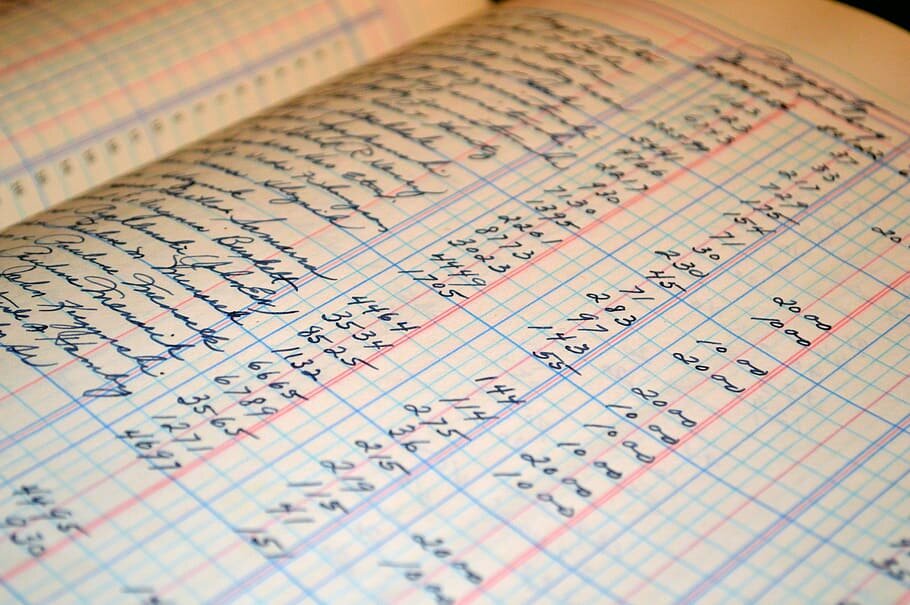How to determine if your business idea Is profitable
I have spoken to and mentored many lovely entrepreneurs who have wonderfully innovative ideas for a new business. But, as any business owner can attest to, starting a new business is hard work. Before even thinking about launching, you need to ensure that the business is actually viable. You do this by assessing your market, reviewing potential demand for your product and analyzing the competition. Once you have done this, you then need to ensure that your business can be profitable.
In order to determine profitability, you need to understand both the pricing of your products and/or services and the relevant costs. This can be difficult to do especially when you don’t have any history. Your only choice is to estimate based on the best information available. In this article, I give you some guidance on the financial information that you need to compile.
Determine your direct costs
The first step to assessing whether your business idea is profitable is to assess the costs. There can be numerous costs when first creating a product and/or a service. Broadly speaking these include:
The direct costs of making the product including raw materials, labels, packaging
Labour costs which might include salaries and/or wages to employees. These might also include amounts paid to subcontractors.
Shipping and related costs such as duties and international or local taxes.
Amounts paid to web developers that often directly relate to services such as a software
Determine your overhead costs.
Overhead costs represent indirect costs to run a business. In the beginning these are often lower as you might choose to work from your home, use tools or equipment that you already have and put in extra time yourself rather then hiring employees. Examples of indirect costs include:
Rent for a warehouse or an office
Salaries paid to employees or amounts to subcontractors. Ideally this should include a reasonable salary that you would pay yourself
Marketing costs including advertising, graphic design for packaging and a website, trade shows, amounts paid to sales people, subscriptions that help with design, logos, other website costs etc.
Bank charges, interest on loans or credit cards, amounts paid to credit card fees for transaction processing
Small tools and supplies (these can also be direct costs)
Monthly subscriptions for memberships, various types of software
Travel expenses including any vehicle costs
Utilities such as telephone, internet and heating/electricity
Office expenses such as printer (or regular) paper, pens, microphones etc.
Product licensing fees or city taxes
Determine your cost of larger value items such as equipment or software development
The reason this is in a separate category is that larger expenses such as equipment usually last for more than one year and often for many years. As such you need to estimate how many years the equipment will last or how many units it can produce and allocate it accordingly. Similarly, if you are building a software platform, this could likely last many years.
Add up your costs
Once you have itemized all your costs, you should create a spreadsheet (excel or Google docs) and list them. Many costs will based on the number of units that you produce. In this case you need to create an extra field for number of units which will be calculated when you determine your price. This is referred to as a breakeven point and allows you to determine how many units you have to sell before making a profit. It is also useful to understand the concept of fixed vs variable costs.
Determine your price
Pricing of your product or service unfortunately is not always simply based on costs. There is a maximum price you can charge, which often takes time to refine. Prices are informed by what your competitors are charging and what the market will bear. Ultimately, the price you charge is directly related to the value that you can communicate to the customer. Prices are often not rational and are based on how a customer perceives your product. If you have a product that is exactly like another product or service, then you you will have a harder time charging more. However, if you are able to differentiate it and demonstrate that this solves a problem for the customer, they will likely be willing to pay a premium.
Ensure that you have a healthy margin
The price of your product/service minus your cost represents your profit. The price has to exceed your direct costs on a per unit basis otherwise your business idea has no chance of being profitable. The excess of your price, per unit, over your direct costs is what you have left over to assign to indirect costs. You would then calculate how many units you need to sell in order to generate a profit and ensure that the number of units is reasonable. Of course, it may take some time to ramp up to the sales amount that you need to be profitable in which case you need to verify that you have sufficient cash flow to cover your costs.
Use spreadsheets and accounting software to track your sales and costs
As mentioned above, this entire process is greatly simplified by using a spreadsheet. It is even further simplified by accounting software, where you can enter your actual costs and sales and assess your profitability on a regular basis. Many accounting software offer budget templates or you can simply find one on the internet.
The process of assessing your business profitability is extremely important, before you plunge into a launching a business that might not ever be profitable. Going through this exercise gives you a great deal of clarity and helps you manage your expectations.
Planning to incorporate your business? Streamline the process by downloading our free start your corporation checklist!
Ronika Khanna is an accounting and finance professional who helps small businesses achieve their financial goals. She is the author of several books for small businesses and also provides financial consulting services.










